The Solemnity of Mary, the Holy Mother of God is a feast day of the Blessed Virgin Mary under the aspect of her motherhood of Jesus Christ, whom Christians see as the Lord, Son of God. It is celebrated by the Latin Rite of the Catholic Church on 1 January, the Octave (8th) day of Christmastide.
Traditional Belief:
This is a very ancient feast, which used to be celebrated on October 11th. Today’s feast answers the question, “Why do Catholics honor Mary?” Non-Christians sometimes believe that we Catholics worship Mary as a goddess who gave birth to our God. Non-Catholic Christians argue that there is no Biblical basis for honoring Mary and that Catholics worship her and make her equal to God. They fail to understand why we honor Mary and name Churches and institutions after her. They do not understand what we mean by calling her the Mother of God. The truth is that we Catholics do not worship Mary as we worship, adore, God. We honor her, respect her, love her and seek her intercession, praying, “Holy Mary, Mother of God, pray for us sinners.” We do not, ever, equate her with God nor replace God with her. Rather, we honor her, primarily because God honored her by choosing her to become the Mother of Jesus, the Second Person of the Holy Trinity, when He took on our flesh and became Man.
Biblical Basis:
We learn the great truth that Mary is the Mother of God from St. Luke’s Gospel, in the message given by the angel to Mary: “You are going to be the mother of a Son and you will call Him Jesus, and He will be called the Son of the Most High.” Once she said yes, the Holy Spirit created in her womb the human nature that God the Son would assume. Since motherhood is of the person and not of the nature alone, and since Mary is the mother of Jesus, true God and true Man, then she is rightly called the Mother of God. After the angel had appeared to her and told her that she would be the mother of Jesus, the Blessed Virgin Mary visited Elizabeth. At Mary’s greeting Elizabeth said, “Why should this great thing happen to me, that my Lord’s mother comes to visit me?” [Lk 1:43].
The Holy Scriptures teach us that Jesus was both God and man. John writes: “The Word became flesh and lived among us” [Jn 1:14]. St. Paul refers to this event when he writes to the Galatians, “God sent forth His Son, born of a woman,” and as, “eternally begotten of the Father.” So Bible teaches that Mary was the mother of the God-Man Jesus, not in the sense that she gave birth to Jesus as God, but in the sense that the Baby she bore had the nature of God and the nature of Man.
The Doctrine of the Church:
Based on these references in the New Testament and on the traditional belief of the early Church, the Council of Ephesus affirmed in AD 431 that Mary was truly the Mother of God (Theotokos), because “according to the flesh” she gave birth to Jesus, Who was truly God as well as truly man from the first moment of His conception by Mary.
The Council defined Mary as the Mother of God both to honor her and to safeguard the dogma that Jesus Christ is not just truly God but also truly man. The Nestorians – followers of Nestorius, the 5th-century archbishop of Constantinople – taught that Christ was two in one: the man Jesus and the Divine Son of God. This view was condemned at the Council of Ephesus (431 AD), which insisted that Jesus is one Person with two natures, Divine and human. The most emphatic way they could say this was to affirm that Mary was not just the mother of the man Jesus, but that she was the mother of God. This was to say that Christ was one person, not two. The word used was Theotokos (Greek for “God-bearer”). The Council of Chalcedon (451 AD), continued the use of this term, and it has become orthodox Christian teaching. Note that it is more a statement about Christ than about Mary – or rather, equally so. Icons of the Theotokos are common now in the West.
Twenty years later, in AD 451, the Council of Chalcedon affirmed the Divine Motherhood of Mary as a Dogma, an official doctrine of the Holy Catholic Church. Since Jesus is God, and Mary is his mother, she is the Mother of God, the Mother of the Messiah and the Mother of Christ, our Divine Savior. We also learn from the Holy Scriptures and Sacred Tradition that God filled the mother of His only Son with all celestial graces, freed her at the moment of her conception from original sin through the future (prevenient) merits of the death of Jesus, allowed her to play an active role in the redemptive work of Jesus, and finally took her to Heaven, body and soul, after her death. As He was dying on the cross, Jesus gave us the precious gift of His own mother to be our Heavenly Mother.
First Reading at Mass:
Numbers 6:22-27: The Book of Numbers tells parts of the story of the Hebrews’ journey from Egypt to the Promised Land, events that happened in the 13th century BC. In the early 6th century BC, the Chaldaeans invaded and defeated the Israelites in the Southern Kingdom with Jerusalem as its capital, and many were taken as captives to Babylon. Their seventy years there are known as the Exile. When they finally got to return to their homeland, their priests wanted to help restore the nation. One of their methods was to revive a sense of the people’s more glorious early history, so they retold a number of ancient stories from the time of Moses, producing what we now know as the Book of Numbers.
Perhaps this reading is in the Lectionary for today because the feast coincides with the civil New Year in many countries, and the blessing formula is a nice way to begin a new year. One of the liturgical acts of the priests in the Temple of Jerusalem was to bless the people after the daily sacrifices and on other solemn occasions. The blessing was a reward for the people’s keeping of the Covenant, and a guarantee that the blessing promised to all nations through Abraham would be fulfilled one day. The words of this blessing given by God to Moses (the blessing of Aaron), are recorded in the verses of the book of Numbers which we read today at Mass.
This blessing was entrusted by God, through Moses, to Aaron and his sons, that is, to the priests of the people of Israel. In ancient times, blessings and curses were thought to have almost a physical effect: they caused what they said. (The blessing of Jacob by Isaac is an example of this.) For us, the blessing is a prayer; we pray that the Lord will bless us, keep us, and make His face shine on us throughout the year. A key phrase in the formula: “The Lord let His face shine upon you,” underlines a change in mankind’s understanding of God. Many ancient peoples believed that it was possible to see the face of God, but dangerous, often fatal, to do so. Ancient Israel shared this conviction for a long time (see Ex 33:11, Dt 34:10, and Gn 32:31).
But here the Lord God’s words encourage the people to expect to see the face of God shining (smiling, perhaps?) on them. At least, that’s the gift the priests ask that those whom they bless may receive. This is a God still awesome to those who obey and worship Him, but less dreadful than previously believed. That’s God’s mercy in action. “These words of blessing will accompany our journey through the year opening up before us. They are words of strength, courage and hope. The message of hope contained in this blessing was fully realized in a woman, Mary, who was destined to become the Mother of God, and it was fulfilled in her before all creatures.” (Pope Francis-2015).
Second Reading:
Galatians 4:4-17: Some among the Christians in Galatia were teaching that Christians still had to keep the Jewish law, even to the point of being circumcised, in order to be saved. Saint Paul argued forcefully that there should be no such requirement, because the coming of Christ had fulfilled the Old Law and annulled it. Christians are freed from the slavery of the Old Law for they have been made children of God.
Salvation, Paul teaches, comes as an undeserved gift of God, which we accept by Faith in Christ. This passage is in the Lectionary today because it contains a rare Pauline reference to Jesus’ birth of a woman. Paul does not mention Mary because here he is not concerned with the details, which are known to his converts. Since he had mentioned the Divinity of Christ earlier in his Epistle, what Paul is stressing here is the reality of the human nature of Christ, the Self-humiliation of the Son of God Who deigned to be born of a mother like any human child. Paul also speaks of our adoption as children of God.
We must be free from the entanglements of this world.
Our relationship with God is so close that we can call him “Abba”, an intimate term for “Father” (perhaps better translated as “Daddy.”)
The Gospel Message:
Today’s Gospel tells us that the first people who came to adore the Baby Jesus were the shepherds. They were taking care of their flocks of sheep when an angel appeared to them and communicated to them the Good News concerning the birth of the Son of God. The angel told them that they should not be afraid. And that is precisely the message that the solemnity we celebrate today brings us.
Through this Solemnity of Mary, the Mother of God, the Church tells us that we should not be afraid, that we should prepare ourselves for the beginning of the New Year by asking Our Lord and our Most Beloved Mother, the Most Blessed Virgin Mary, to come to our aid. We should ask her, not just today (although today is an especially important occasion for doing so), but always, to help us to live like people who have been renewed and are ready, with her aid, to identify ourselves more closely with the teachings of the Church and with the Commandments, so that we may follow Christ more closely.
Today’s Gospel also mentions that Jesus was given the name Yeshua – “The Lord saves.” The rite of Circumcision unites Mary’s Child with the chosen people and makes him an heir to the promises God made to Abraham — promises to be fulfilled in the Child himself.
Why did Jesus give us His Mother?
Jesus gave us his Mother so that she would be the Mother of all humanity. After having considered the role of the Virgin Mary in the mystery of Christ and the Spirit, we should think about her role in the mystery of the Church. We know that the Virgin Mary is the Mother of Jesus Christ and, consequently, the Mother of God. But she is also the Mother of the Church, which is the Body of Christ. Because of this, the mission of Mary is totally inseparable from the mission of the Church. And it should be clearly stated that the role of Mary, as Mother of all humanity, in no way eclipses or diminishes Christ. On the contrary, her role can only help to clarify Christ’s role. This is one of the reasons God decided to share his Mother with us.
Many non-Catholic Christians really don’t pay much attention at all to the Blessed Virgin Mary. We Catholics, on the other hand, recognize her as the Queen of Heaven and Earth. We know that Jesus took her up to Heaven, body and soul, as soon as her earthly mission was over. This is the Dogma of the Assumption, defined by the Church with an infallible papal definition. It makes sense that the woman who bore God in her womb should be borne by God into Heaven and not left in a grave to turn back into dust. In fact, in the Old Testament, the Queen of the Kingdom of Israel was always the Queen Mother.
One of King Solomon’s first acts when his father David gave him the throne was to raise his mother Bathsheba to his side, to be the royal Queen – a mini-Assumption. There was a practical reason for this tradition: Old Testament Kings used to marry more than one wife, but the King had only one Mother, so she became Queen. But there was also a deeper, prophetic meaning at work. God was already planning to send the Messiah through a Virgin, to involve a Mother intimately in the Redemption, just as a mother (Eve) had been involved intimately in the Fall (original sin). God did it that way on purpose.
God gives his Mother a special place in the ongoing history of salvation because He wants to tell us something about His love for us. His love is faithful, strong and indestructible, because He is our Father. But it is also gentle, patient, and ever-present, always watching over us – like a Mother. Mary, our heavenly Queen and spiritual Mother, reminds us of this. (E-Priest).
Life Messages:
- Let us strive to be pure and holy like our Heavenly Mother. All mothers want their children to inherit or acquire their good qualities. Our Heavenly Mother is no exception. With Joseph, she succeeded in training the Child Jesus, so that He grew in holiness and in “favor before God and man.” Hence, our best way of celebrating this feast and honoring our Heavenly Mother would be to promise her that we will practice her virtues of Faith, obedience, purity and humble service. In this way, we will be trying to become the saintly sons and daughters of our Heavenly Mother, the Holy Mother of God.
- We need our Heavenly Mother’s prayers to have a better physical life and spiritual life in the New Year: Let us ask for our Heavenly Mother’s help so that we may glorify God with a healthier physical and spiritual life and a better appreciation of life in a culture of death. We need a Super-Mother like Jesus’ mother Mary to stop millions of pregnant women from killing their babies by abortion, and to encourage nations to enact and implement laws to stop homicides, suicides, “mercy”-killing and mass-murders by terrorist and fanatic groups.
- We need to honor Mary as the mother of Jesus: “We honor Mary by actively participating in today’s Mass and in all the Marian feasts of the Church throughout the year. In these Masses and at other times, we give Mary hyperdulia, that is, highest honor, because of the gifts of grace God granted her and because of the way she responded to these gifts. We also honor her in all the forms of Marian prayer we say: The Rosary, the Angelus, the Regina Caeli, the Hail Holy Queen, the Memorare, and so on. These are prayers we should pray so often we have them memorized. We can honor Mary by cultivating an interior life like hers. Mary meditated on, that is, thought about and prayed over, the events of her life in relation to God’s plan of salvation. We are participants in God’s plan of salvation, too. We are God’s instruments and fellow workers in God’s kingdom. Everything that happens to us has a good meaning, and it is up to us to try to discover and appreciate it. Her words at the wedding feast of Cana reveal her basic orientation, which we can apply to ourselves: ‘Do whatever he tells you.’ We can honor Mary by praying for her intercession.” (DHO).
- Three ways to make the New Year meaningful (William Barclay): a) something to dream, b) something to do, and c) someone to love. “I have a dream’” said Martin Luther King. We should all have a noble plan of action (dream a noble dream), for every day in the New Year. We need to remember the proverb: “Cherish your yesterdays, dream your tomorrows, but live your today.” It has been truly said that an idle mind is the devil’s workshop. We must not be barren fig trees, nor barren branches in God’s vineyard. We must be always engaged, doing good for others and loving the men and women we encounter in daily life, for they are our brothers and sisters in Christ. This becomes easier when we make God the center of our life and realize His presence in all the people around us. Let us light a candle instead of blaming the darkness around us. Just as the moon borrows the sun’s light to illuminate the earth, we must radiate the Light of God shining within us. Let’s pray the prayer of Dag Hammarskjold:
“Lord, for all that has been, Thanks! For all that will be, Yes!”
Have a Happy New Year, overflowing with a “Yes” to God our Father, to the Lord Jesus our Brother and to the Holy Spirit our Advocate and our Guide in every good deed His grace suggests! O, our God and our Hope, glory to You!
A shoeshine boy was plying his trade in New York’s Grand Central Station. A silver medal danced at his neck as he slapped his shine cloth, again and again, across a man’s shoes. “Sonny,” said the man curiously, “what’s the hardware around your neck?” It’s a medal of the mother of Jesus,” the boy replied. “Why her medal?” said the man. “She’s no different from your mother.” “Could be,” said the boy, “but there’s a real big difference between her son and me.” The boy’s devotion to Mary, the mother of Jesus, invites me to ask: What role does Mary play in my life? How might she play an even bigger role? (Mark Link in Vision 2000).
Source: Homilies of Fr. Anthony Kadavil –Vatican Radio.
Picture: Sandro Botticelli – The Virgin and Child (The Madonna of the Book).


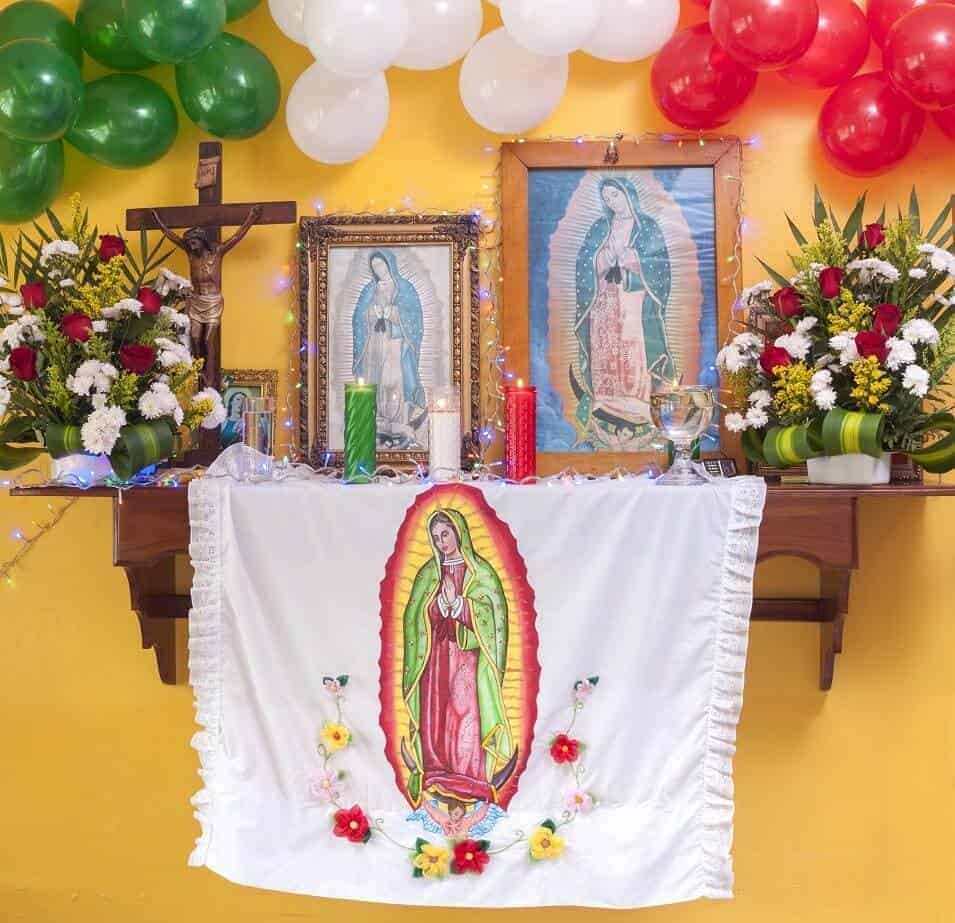

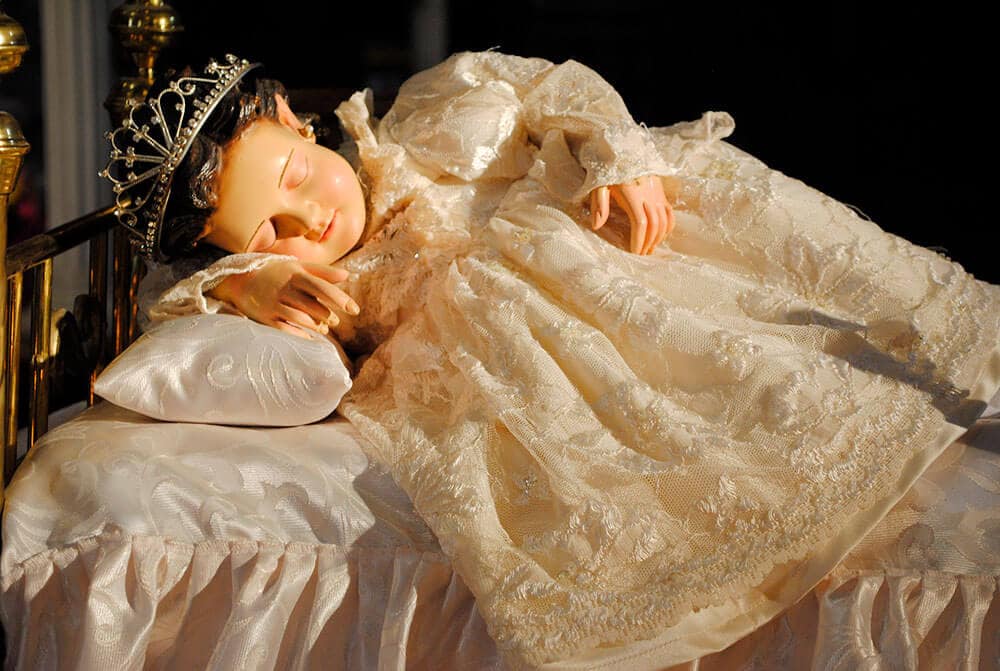
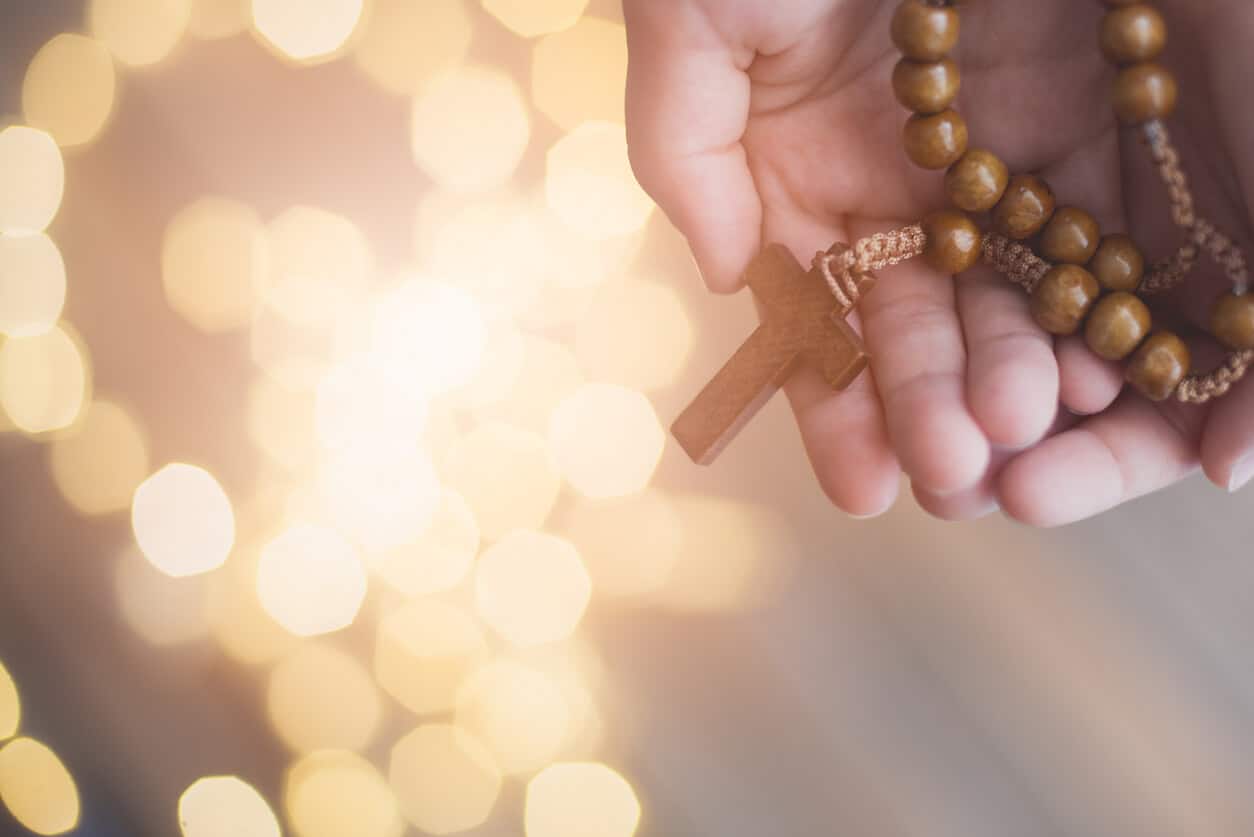
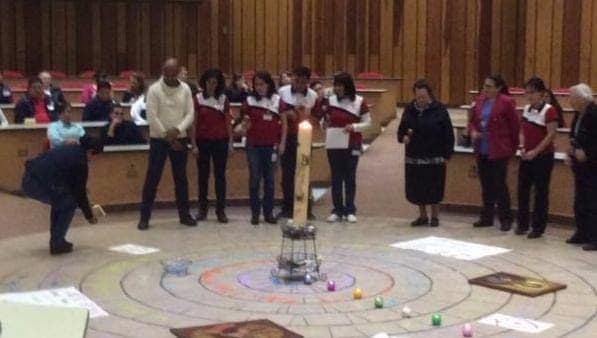
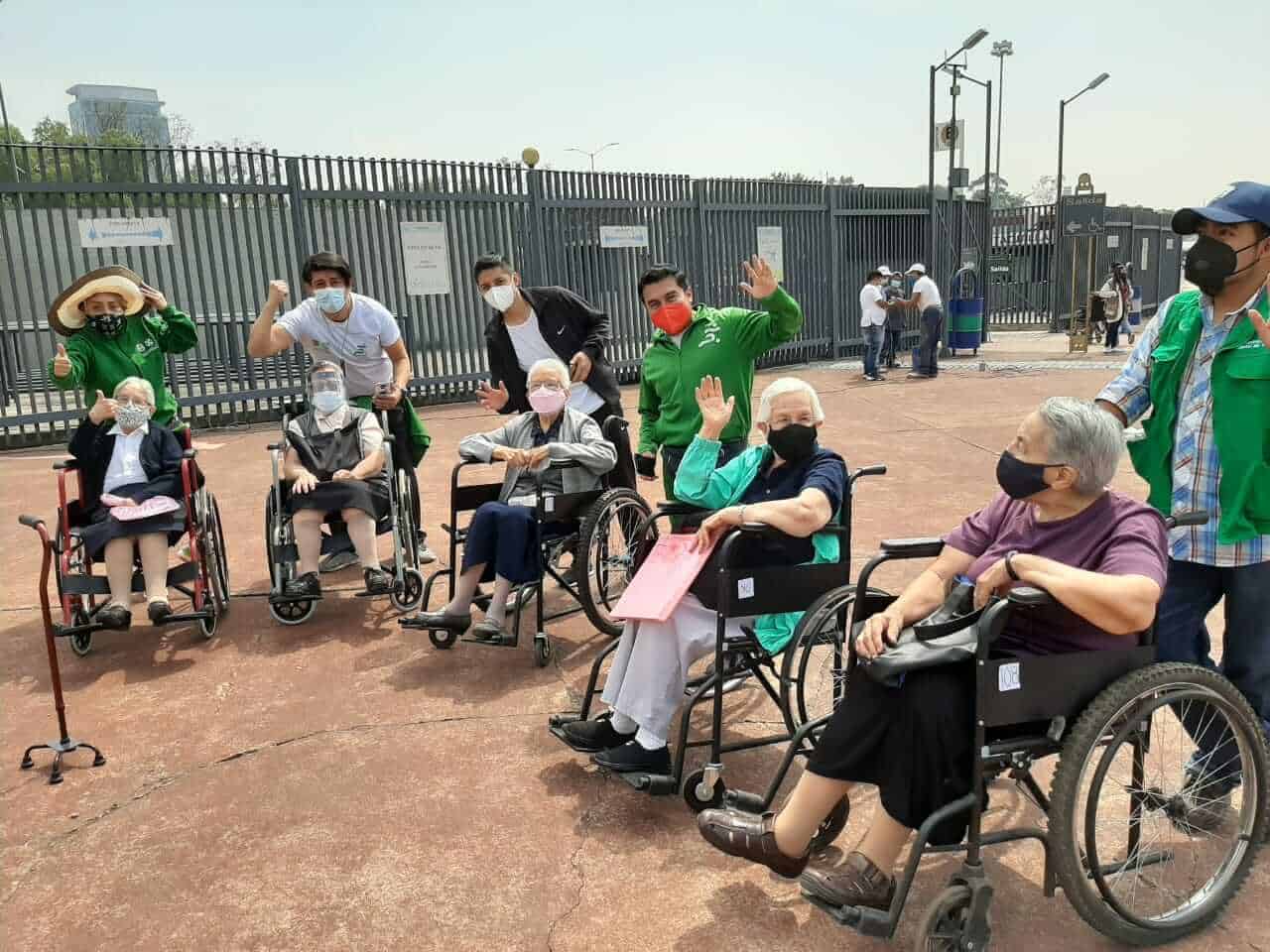
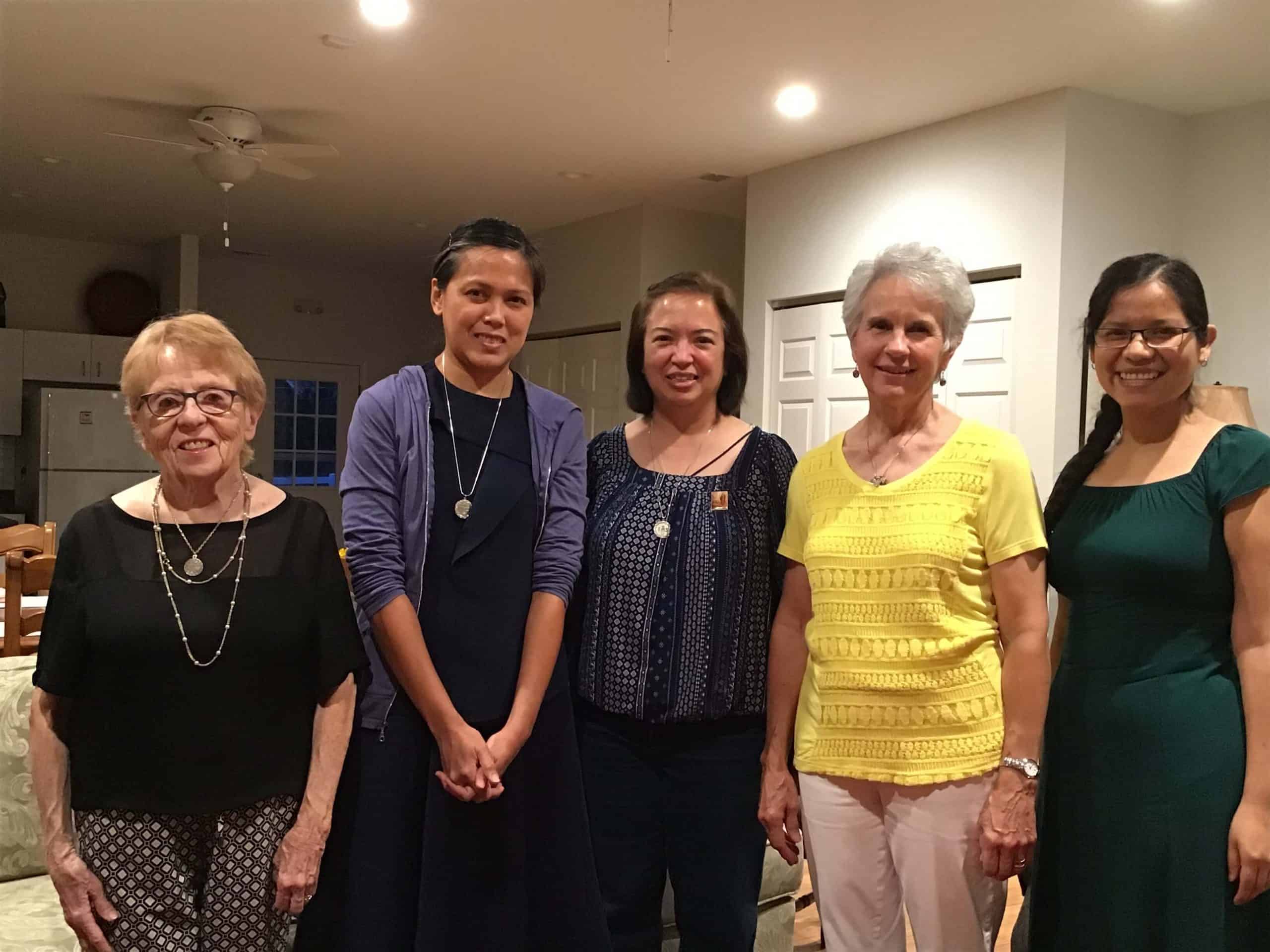
0 Comments
Trackbacks/Pingbacks